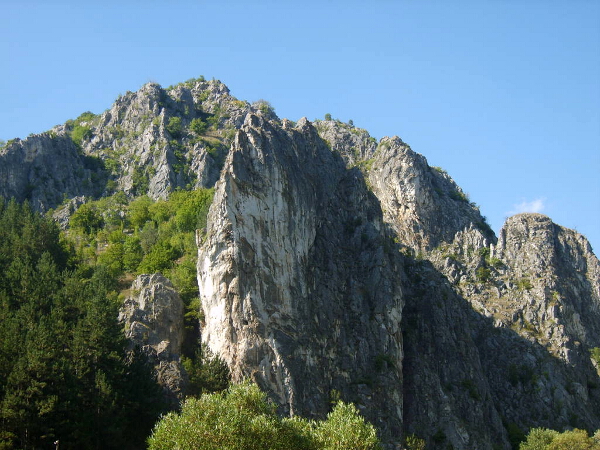Kalotina is a picturesque mountain village in western Bulgaria. It is located 55 km northwest of the capital, next to the international road E-80, connecting Western Europe and the Middle East. The village is within the administrative boundaries of Dragoman Municipality, Sofia District. It is characteristic that it belongs to the scattered type of settlements - with many neighborhoods scattered on the mountain slopes and hills.
Kalotina gives the name of the largest border crossing between Bulgaria and Serbia, located a few hundred meters from the village.
In the vicinity of the village of Kalotina passed the road "Via militaris" built by the Romans, which passed through Belgrade, Nis, Sofia, Edirne, and reached Constantinople. The road is also known as "Via Diagonalis". In the past there was a Roman road station here. A road column erected by the ancient city of Pautalia has been preserved. Inscriptions and coins have been found - finds from the Roman era (III century).
The village is mentioned under the same name in the Turkish registers from 1576.
An interesting fact is that in 1900, the village of Kalotina was the center of a municipality of seven villages and had 938 inhabitants. In 1905 the village had 992 permanent residents. At that time, the village of Gradinje was annexed to the Kalotina municipality (after the Treaty of Neuilly, it fell to the western outskirts). The biggest attraction for the village is the medieval church of St. Nicholas in Divina Mahala, declared a cultural monument. Here you can see unique murals, the work of old painters from the time of Tsar Ivan Alexander.
Near the village, on the road to the village of Berende Izvor, is located the beautiful Kalotinska Cave, also known as the Dark Hole.
